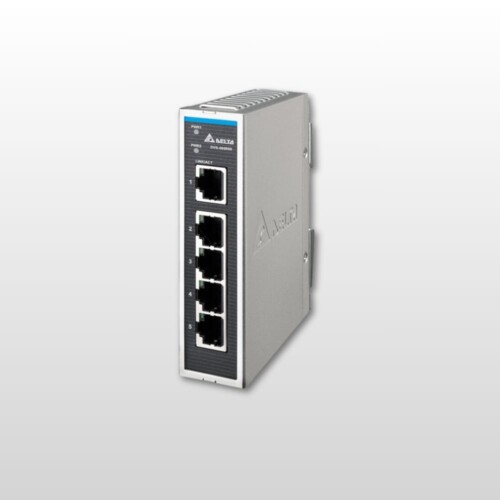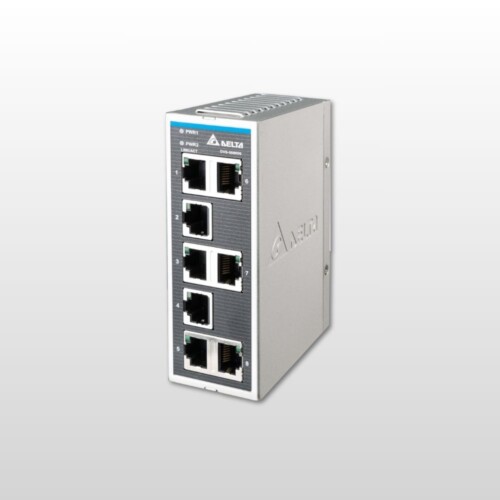Ethernet Switches
Explore our range of Switches for DIN rail mounting
Explore our range of Ethernet switches for industrial applications.
We offer high quality and support.
Explore our range of Switches for DIN rail mounting
Explore our range of Ethernet switches for industrial applications.
We offer high quality and support.
Robust network for industry 5 ports | Compact size | 1 Gbps
Robust network for industry 8 ports | Compact size | 1.6 Gbps
Discover the Power of Our Ethernet Switches
To make it easy to find the right information, we have gathered the most important benefits, applications and technical specifications into drop-down sections. Click on the headings below to read more about our products, guides and related solutions.
Key features
- Flexible connection with support for IEEE802.3x full/half duplex and auto-MDI/MDI-X
- Redundant power inputs (12–48 VDC) for increased operational reliability
- Temperature resistant from -40℃ to +75℃ – without the need for fans
- Built-in alarm relay function via DIP switches for port monitoring and power failure
- Available in both 5-port and 8-port configurations
Advantages of our switches
- Robust construction adapted for industrial environments
- Reliable operation in critical network applications
- Easy installation and configuration
- Energy-efficient components for long service life
Areas of use
- Industrial automation systems
- Energy and infrastructure projects
- Offices and commercial networks
- Server rooms and communication solutions
Related categories
FAQ – Common Questions About Ethernet Switches
What is an Ethernet switch and how does it work?
An Ethernet switch is a central device that connects multiple network devices, such as computers, printers, and servers, within a local area network (LAN). The switch sends data between devices by directing traffic to the specific destination port, instead of sending it to all ports. This results in faster and more efficient communication.
What is the difference between a switch and a router?
Can your switches withstand tough industrial environments?
How many ports do I need on a switch?
Do you need help choosing the right switch?
Our experts will be happy to help you find the optimal solution for your installation.


